Imagine stopping time on the edge of a black hole, or shrinking small enough to surf a bloodstream like a white-water kayaker. Thought experiments turn that kind of wild picture into a serious tool, helping scientists probe ideas that are too big, too tiny, or too risky to test in real life. They’re the brain’s wind tunnel: safe, fast, and surprisingly revealing. And right now – across physics, biology, and AI – these mental test flights are reshaping how we discover new truths. If you’ve ever asked what would happen if we changed the rules for just a minute, you’ve already started doing real science.
The Hidden Clues

Here’s the twist: the most powerful lab you’ll ever step into might be your own imagination. By carefully staging an impossible scene – like a cat that’s both alive and not – you stress test the rules, watch what breaks, and learn what must be true. Thought experiments shine a spotlight on hidden assumptions, the quiet background rules we rarely notice until they fail. They expose weak joints in our explanations, nudging us toward better theories and cleaner experiments.
I still remember riding an elevator as a kid and wondering whether I’d feel lighter at the top or bottom if the building kept rising forever. That tiny daydream echoes the logic behind gravity tests and Einstein’s ideas about acceleration. The wild part is that your hunches can be trained; with practice, these mental stories aren’t just fun – they’re productive. When the picture in your head disagrees with the math or the measurement, you’ve found a clue.
From Ancient Tools to Modern Science
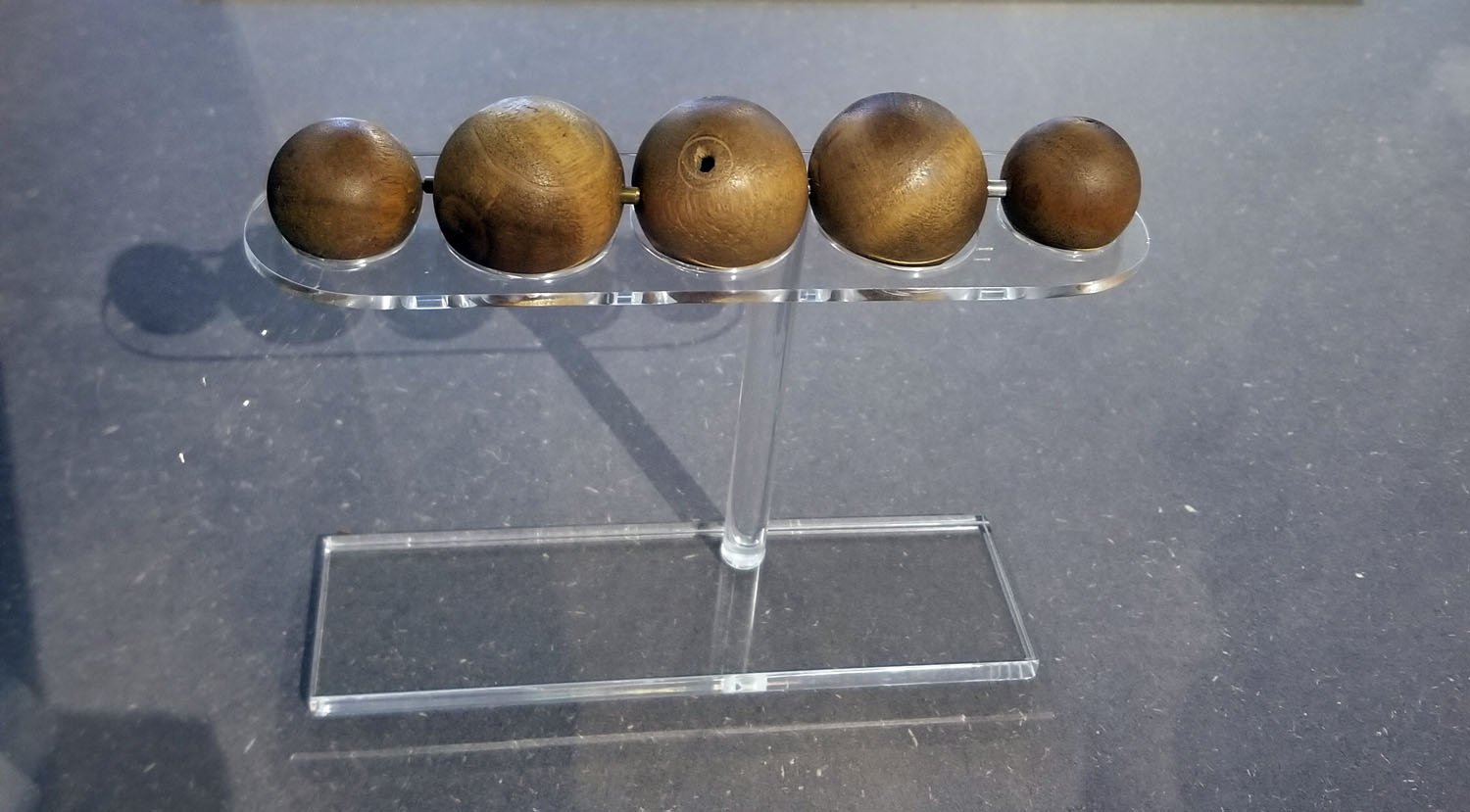
Long before particle smashers, Galileo pictured dropping two stones of different weights and asked whether they truly fell at different speeds; the contradiction in that story helped crack open modern physics. Centuries later, Einstein imagined chasing a beam of light and realized the laws of nature would look bizarre unless time and space flexed together. These weren’t cute riddles; they were investigative drills that pushed researchers to invent better equations and, eventually, technologies that run our GPS and electronics.
Even today, many breakthroughs start as a carefully staged mental scene, then move to pencil-and-paper models, and finally into experiments or simulations. That pipeline – imagine, formalize, test – runs like a heartbeat throughout science. When lab gear is too expensive or the universe refuses to cooperate, scientists reach for the oldest instrument they know: a precise, disciplined “what if.”
Why It Matters
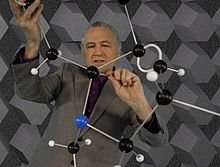
Real experiments are the gold standard, but they take time, money, and sometimes risk. Thought experiments let us preview consequences before we flip dangerous switches or spend years chasing a dead end. They also expand the search space – helping us consider options we might not test otherwise – and they sharpen predictions we can later verify.
- They act as early-warning systems by revealing contradictions or impossible outcomes.
- They generate testable predictions that labs, telescopes, or field studies can check.
- They clarify ethics by playing out high-stakes scenarios in medicine, AI, or climate policy.
Compared with trial-and-error alone, this approach is leaner and safer, and it often sparks new instruments and experiments we hadn’t thought to build. In short, they bridge dream and data.
Edge of Physics

Picture a spaceship orbiting a black hole, time slowing for the crew while years race by for friends back on Earth. That mental movie distills the logic of relativity – where gravity and motion tangle time – and guides what astronomers look for near extreme objects. Schrödinger’s infamous cat isn’t a joke so much as a complaint: it spotlights how quantum rules clash with our everyday expectations and forces physicists to explain how possibilities become a single result.
Other classics keep pressure on the rules: Maxwell’s demon challenges how heat and information relate, while the twin paradox dramatizes time dilation in fast travel. Each scenario funnels into experiments – from atomic clocks on planes to ultra-cold labs tracking quantum jumps – that check the story against reality. The result is a feedback loop: bold mental setups suggest measurements, and measurements refine the next round of “what if.”
Life’s Wild Hypotheses
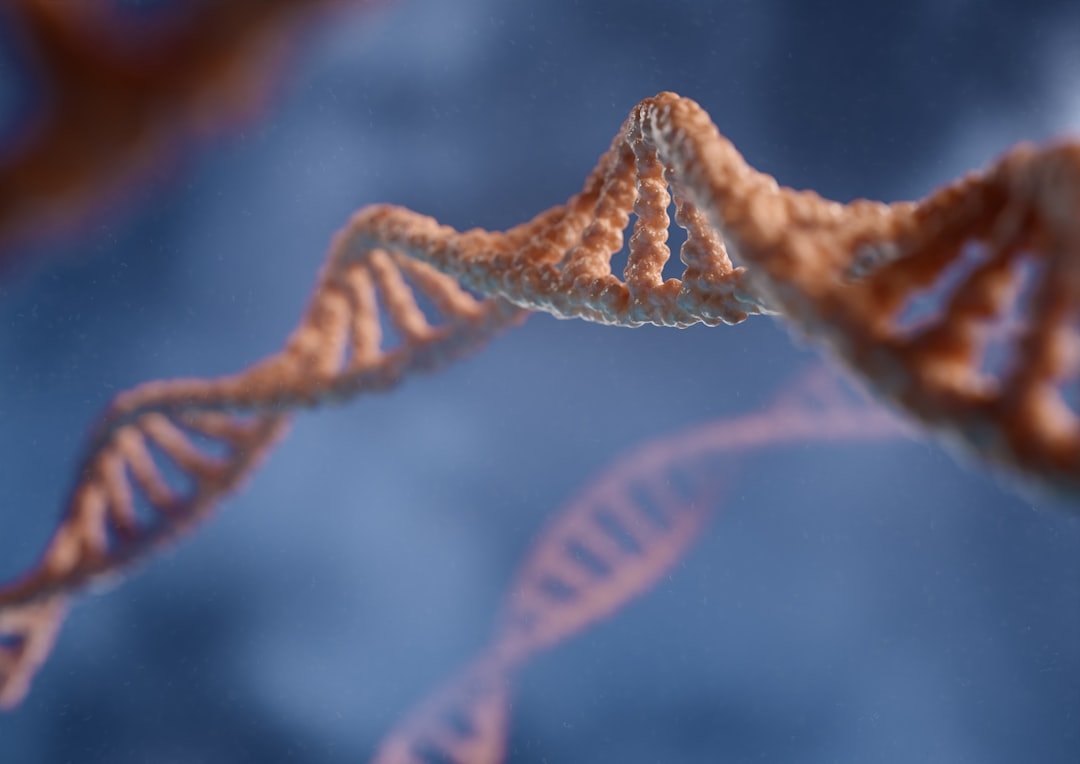
Biology has its own mind-benders, even if the props are cells instead of spaceships. Consider a world where a single gene tweak makes mosquitoes unable to spread malaria; that thought experiment steers real discussions about gene drives, ecosystems, and responsibility. Or imagine a planet where life uses mirror-image molecular parts; pondering that flips our assumptions about biochemistry and inspires new searches for alien life signatures.
Evolution thrives on “suppose this” stories, too – what if a trait helps one animal survive but reshapes a whole food web over time? Playing out these chains helps biologists design safer field trials and smarter lab studies. It also humbles us; life regularly invents solutions we didn’t see coming, and thought experiments keep our expectations flexible enough to notice them.
Minds and Machines
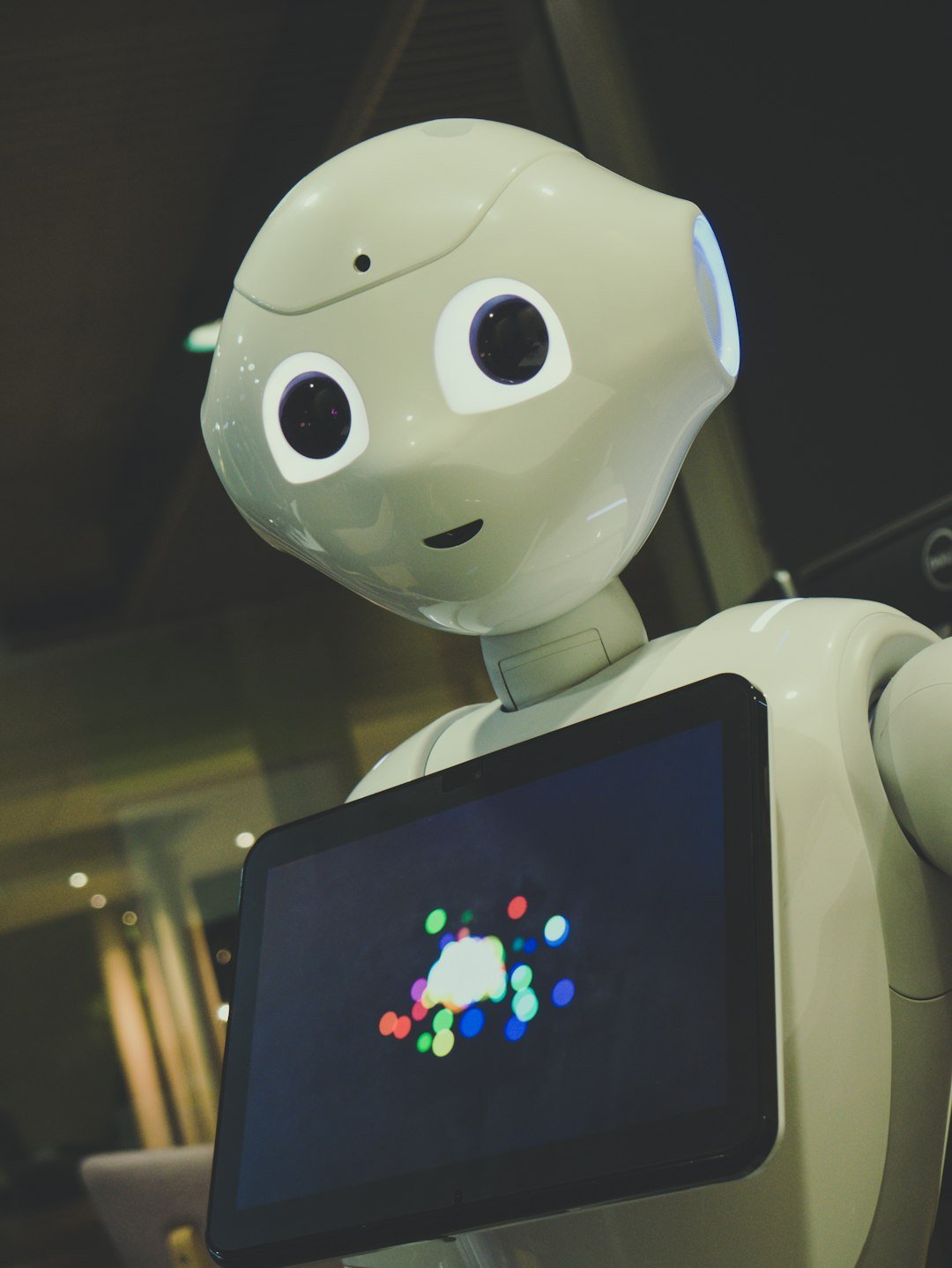
Can a machine that talks convincingly actually understand, or is it just really good at pattern play? Classic thought experiments such as the imitation game and the room where rules generate answers without understanding press on that exact nerve. By asking what counts as genuine comprehension, scientists refine how they test language models, robots, and tutoring systems and how they guard against overtrust.
Meanwhile, mental scenarios about autonomous cars choosing between risky options pushed engineers to bake ethics into code and policy. In labs, researchers simulate edge cases – rare, dangerous situations – long before wheels hit the street. The bigger lesson is that imaginary corners are where real problems hide, and exploring them early makes technology safer for everyone.
The Future Landscape

Tomorrow’s thought experiments won’t just live in our heads; they’ll run inside powerful simulations. Quantum computers could prototype physics scenarios that are impossible on classical machines, while digital twins – high-fidelity virtual copies of ecosystems, cities, or even organs – will let us preview outcomes before we act. With better models, we can ask tougher questions: what if we change this vaccine schedule, this dam release, this traffic policy?
But new power brings new pitfalls. Biodesign software and AI copilots can accelerate discovery and, if misused, escalate risk; that means stronger oversight, open documentation, and red-team testing of worst-case scenarios. The sweet spot is a future where daring questions meet careful guardrails, and society benefits from curiosity without gambling with safety.
From Ancient Tools to Modern Science

Across cultures, philosophers and scientists used thought experiments to navigate big unknowns, often long before tools could catch up. In math, imagining infinity sharpened calculus; in neuroscience, split-brain stories reshaped debates about consciousness and identity. These scenes aren’t daydreams – they’re stress tests on definitions, forcing us to say exactly what we mean by cause, evidence, or explanation.
Modern classrooms use the same logic to teach tough ideas faster. When a teacher asks what you’d feel in a falling elevator, they’re not being dramatic; they’re guiding you to isolate forces and predict outcomes. By staging the scene first and measuring later, the lesson sticks – and the next lab feels less like guesswork and more like confirmation.
Simple Ways to Get Involved
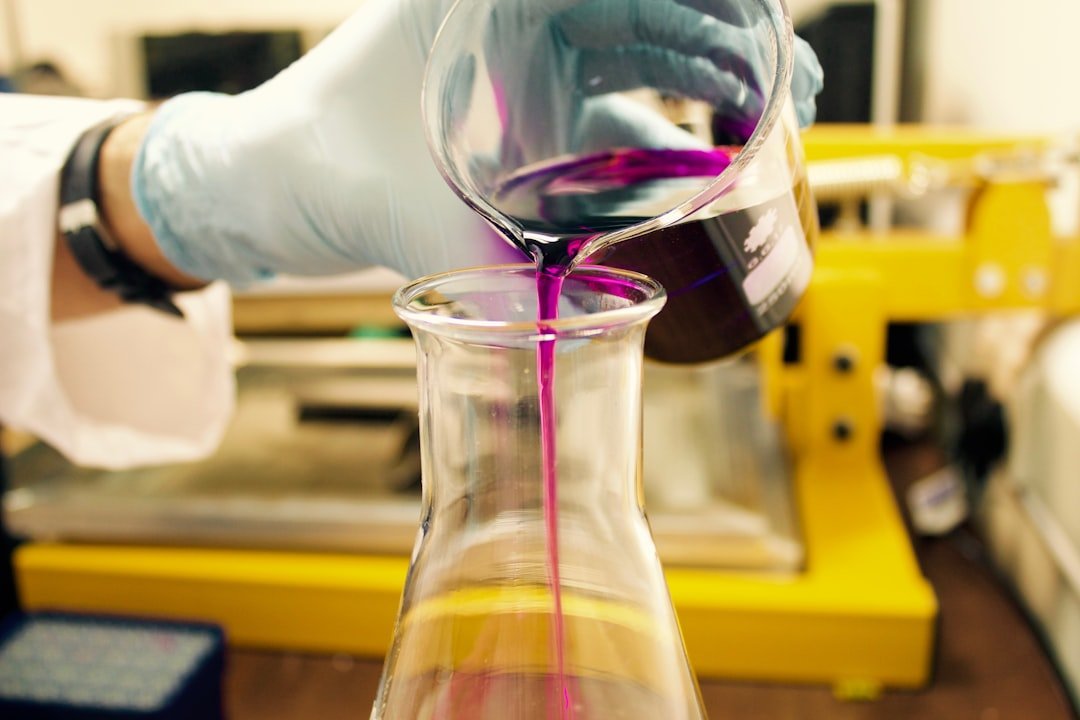
You don’t need a lab badge to play this game well. Keep a notebook where you stage two-minute “what if” drills – one page for the setup, one for the consequences you expect and how you’d test them. Try kitchen physics with safe materials, like timing a rolling can on different slopes to predict acceleration, or model a population with beans and a cup to explore chance and selection.
Join citizen-science projects, build tiny simulations with free tools, or pitch a school club challenge where members take turns presenting a thought experiment and a way to check it. Most important, share your reasoning and invite pushback; criticism isn’t a wall, it’s a springboard. The next big discovery might start as a scribble in your margin – so what’s the boldest “what if” you’ll try tonight?

Suhail Ahmed is a passionate digital professional and nature enthusiast with over 8 years of experience in content strategy, SEO, web development, and digital operations. Alongside his freelance journey, Suhail actively contributes to nature and wildlife platforms like Discover Wildlife, where he channels his curiosity for the planet into engaging, educational storytelling.
With a strong background in managing digital ecosystems — from ecommerce stores and WordPress websites to social media and automation — Suhail merges technical precision with creative insight. His content reflects a rare balance: SEO-friendly yet deeply human, data-informed yet emotionally resonant.
Driven by a love for discovery and storytelling, Suhail believes in using digital platforms to amplify causes that matter — especially those protecting Earth’s biodiversity and inspiring sustainable living. Whether he’s managing online projects or crafting wildlife content, his goal remains the same: to inform, inspire, and leave a positive digital footprint.




